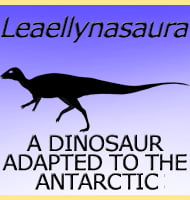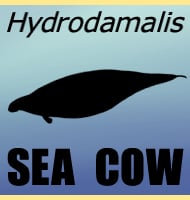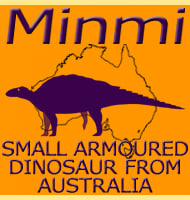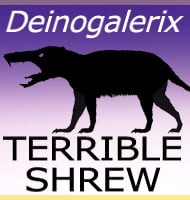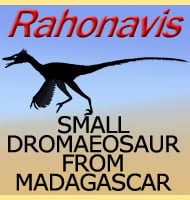In Depth
When researching the evolution of primates, Pliopithecus is one of the most common names you will come across. Much of this comes from early ideas about how Pliopithecus might be an ancestor to gibbons today, but the likelihood of this is now in doubt. While Pliopithecus was certainly gibbon like, these similarities are now treated by most researchers to be a case of convergent evolution where Pliopithecus evolved these features to cope with a similar habitat and lifestyle as gibbons today. In addition this also means that Pliopithecus probably predates the split of the apes from the monkeys and is itself not a true ape like gibbons are.
For over the first hundred years that this primate was known in science, Pliopithecus was only ever known from teeth and jaws. It was not until the 1960’s that more remains were discovered to allow for a more complete picture. As mentioned above, Pliopithecus was gibbon-like but was not a true gibbon. One area of difference is the short tail of Pliopithecus which is completely lacking in gibbons. The arms are proportionately shorter than those of gibbons which have led to questions as to whether Pliopithecus was able to swing through the tree canopy from branch to branch (a form of motion called brachiation).
Another factor that counts against this ability are the orbits (the sockets in the skull that hold the eyes) which are slightly angled away from each other instead of directly forward. This arrangement would have cost Pliopithecus in terms of stereoscopic vision (depth perception), but would have given it a wider field of view, increasing the chance of spotting predators. This might however explain the success of later gibbons since their increased depth perception from their eye arrangements would have given them a survival advantage in moving through their environment over older forms like Pliopithecus.
Because Pliopithecus is thought to have shared similar behaviour to gibbons and lived in the arboreal habitat of the tree canopy, it is also thought to have fed by browsing upon the softer leaves of this area. This kind of diet is supported by study of the teeth which seem to be best suited to this kind of vegetation.
Further Reading
Further reading- Die Fauna der mioz�nen Spaltenf�llung von Neudorf a. d. March (CSR). Sitzungsberichte der �sterreichischen Akademie der Wissenschaften. – Mathematisch-Naturwissenschaftliche Klasse Abt. I 166:113-123. – H. Zapfe & J. H�rzeler – 1957.- Taxonomy and phylogenetic relationships of early Miocene catarrhines from Sihong, China. 37(2):225-277. – T. Harrison & Y. Gu – 1999.



